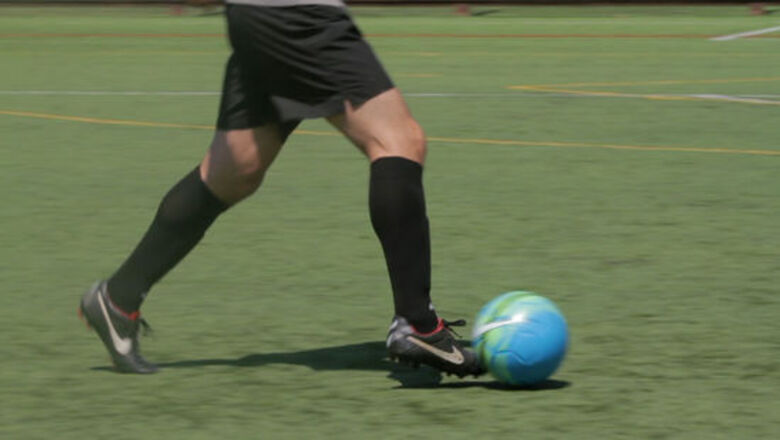
views
How to Develop Your Basic Dribbling Technique
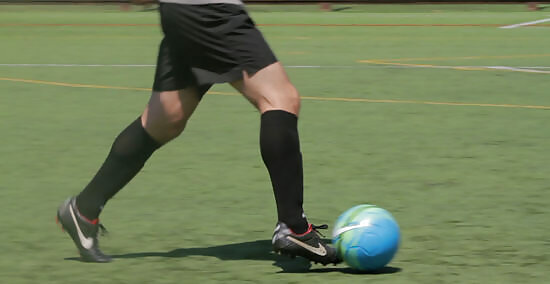
Make gentle contact with the ball. Every time you contact the ball in soccer, it's called a “touch.” By using gentle touches, you contact the ball more often, which will slow you down initially, but as you get used to making more contact with the ball, it will allow you to advance quickly, but with more control over the ball. The more your foot touches the ball, the more control you have over the ball's movement.
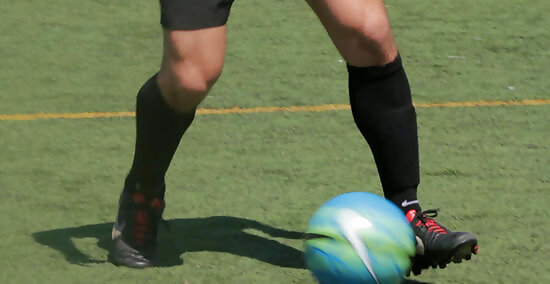
Keep the ball close to your feet. Keep your knees bent as you pass the ball back and forth between the insides of your feet. Against an opponent, your body should be between the defender and the ball. You'll also be able to change direction faster. When you keep the ball close to your feet, defenders have a more difficult time intercepting the ball.
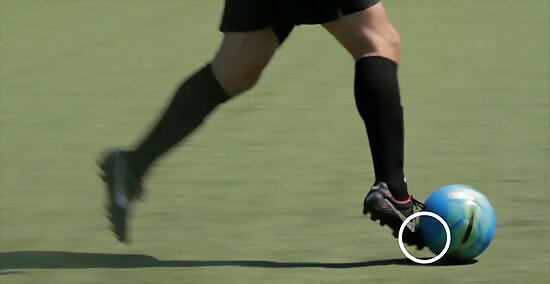
Use the leading edge of the foot to dribble galloping. Gallop with the same foot forward every time you step forward. This keeps the ball close to your foot at all times. Keep the leading edge of your foot forward as you're running. This keeps contact between the ball and the leading edge of your foot, giving you the most speed and balance. This doesn't apply to making cuts, stops, direction changes, etc. This is just for moving the ball downfield with as much speed and control as possible.

Keep the ball in the lower edge of your peripheral vision. Beginners, especially, tend to use most of their field of vision on the ball as they develop dribbling skills. Instead, you should practice keeping the ball at the bottom of your peripheral vision as early in the learning process as possible. By keeping the ball in your lower field of vision, you can more easily maintain awareness of the rest of the field. This can help you see holes in defenses, open teammates, scoring positions, etc.
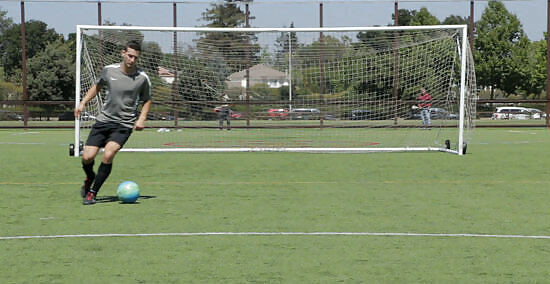
Change the pace. Proceeding in an easily predictable manner is the easiest way to get hung up by a defender. Practice changes in your dribbling pace. This way, you can more fluidly change pace in confusing ways on the field to throw defenders off balance.
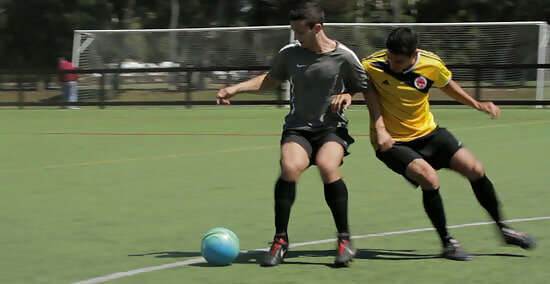
Use your body to protect the ball. Shield the ball with your body when a defender gets close. You can use your whole body to protect the ball. Use your arms, legs, and shoulders to keep the defender away from the ball. Make sure that you are between the defender and the ball. You can also try to keep the ball on the foot that is furthest from the defender.
How to Practice Dribbling
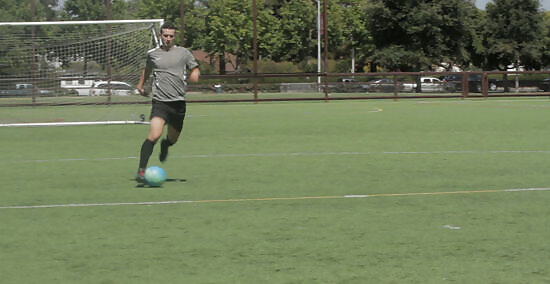
Practice dribbling in a field. Find a long open space where you can practice sprinting while using gentle, leading edge touches. Keep the ball within a few feet of you rather than several yards ahead. In an open field, your gallop should change to more of a run, since you don't need as much control of the ball.
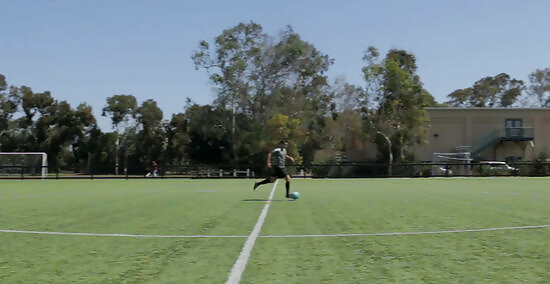
Practice speed dribbling. Speed dribbling refers to moving the ball downfield with speed and control. For a proper speed dribbling technique, your foot should be slightly turned in at the ankle with the front of the foot down. This way, the front-outside of the shoe contacts the ball just above the middle toe. This method should lead to contact with the ball every five to eight steps. Make the contacts in your running stride without having to slow considerably to contact the ball.
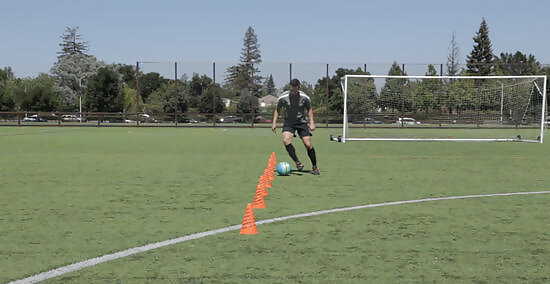
Dribble in and out through cones with one foot. Set up five cones, each roughly three feet apart, and use one foot to weave the ball through the cones. Alternate between the leading edge of your foot and the inside part of your instep to pass the ball back and forth between the cones. Once you reach the end of the five cones, simply turn around and start back through them in the opposite direction. You can do this drill in several bursts such as down and back three times before taking a break. If you knock the cones over, you're going too fast or don't have enough control of the ball. Slow down until you don't knock the cones over. Since being able to use both feet is extremely important in soccer, don't try this drill using only your dominant foot. Run the drill, take a break, and then run it again with your other foot.
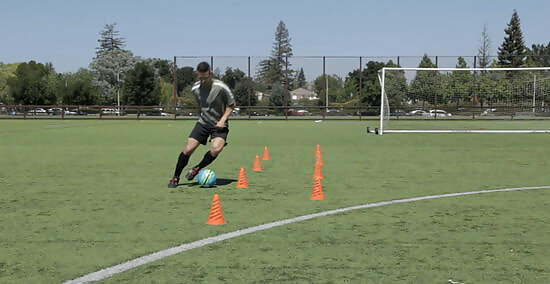
Practice a crossover drill through cones with both feet. This drill requires the inside instep of both feet. Pass the ball forward between the cones with one foot, and then pass it back with the other foot while weaving it through the next set of cones. This side-to-side motion is great practice for changing direction of the ball on a moment's notice. You don't necessarily need to make one single touch with each foot between each set of cones. You might stop the ball with the inner part of the foot before using it to pass the ball back. Keep the ball in control and practice doing the drill with as much speed as possible. If you have to look down at the ball while moving through the cones, keep working at it so you know where the ball is without looking.
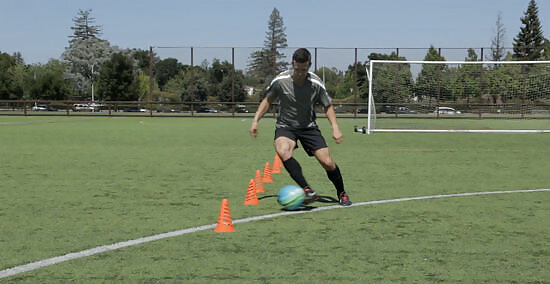
Practice an inside-outside drill through cones with both feet. Give the ball some momentum between the cones with the inner instep of the foot from the side you're starting. If you start by passing the ball from the left side of the cones, use the left foot. Then use the leading edge of the other foot to continue the ball's movement through the same set of cones. Take another step with the first foot without touching the ball. Then use the inner instep of the previous leading edge foot to catch the ball. Start it through the next set of cones.
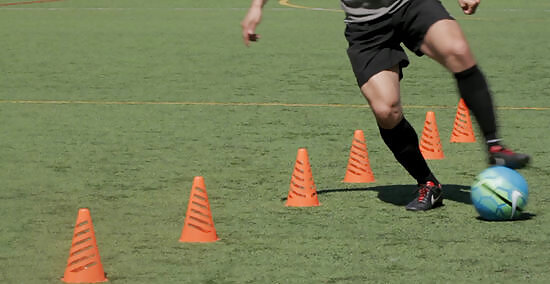
Practice roll-inside drills. Place your foot on top of the ball, and then roll the ball between the cones. You should roll at such an angle that the ball passes in front of the foot you use to roll when the foot comes off. You'll then use the inner instep of the other foot to catch the ball before using the roll maneuver again to pass it back. Like the inside-outside drill, take another step with the original rolling foot between the inside foot stop and the next roll movement. This allows you to position yourself correctly.

Practice passing the ball back and forth without cones. You can just as easily practice crossover skill without cones. Begin by passing the ball between both feet without any forward movement. Simply use the inner parts of both feet to pass the ball back and forth. Practice this maneuver at varying speeds and also while introducing forward and backward movement.



















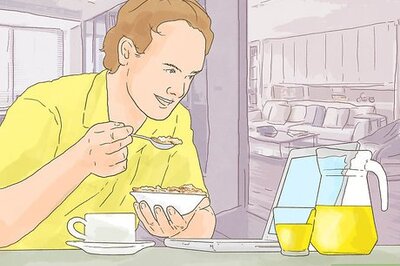
Comments
0 comment